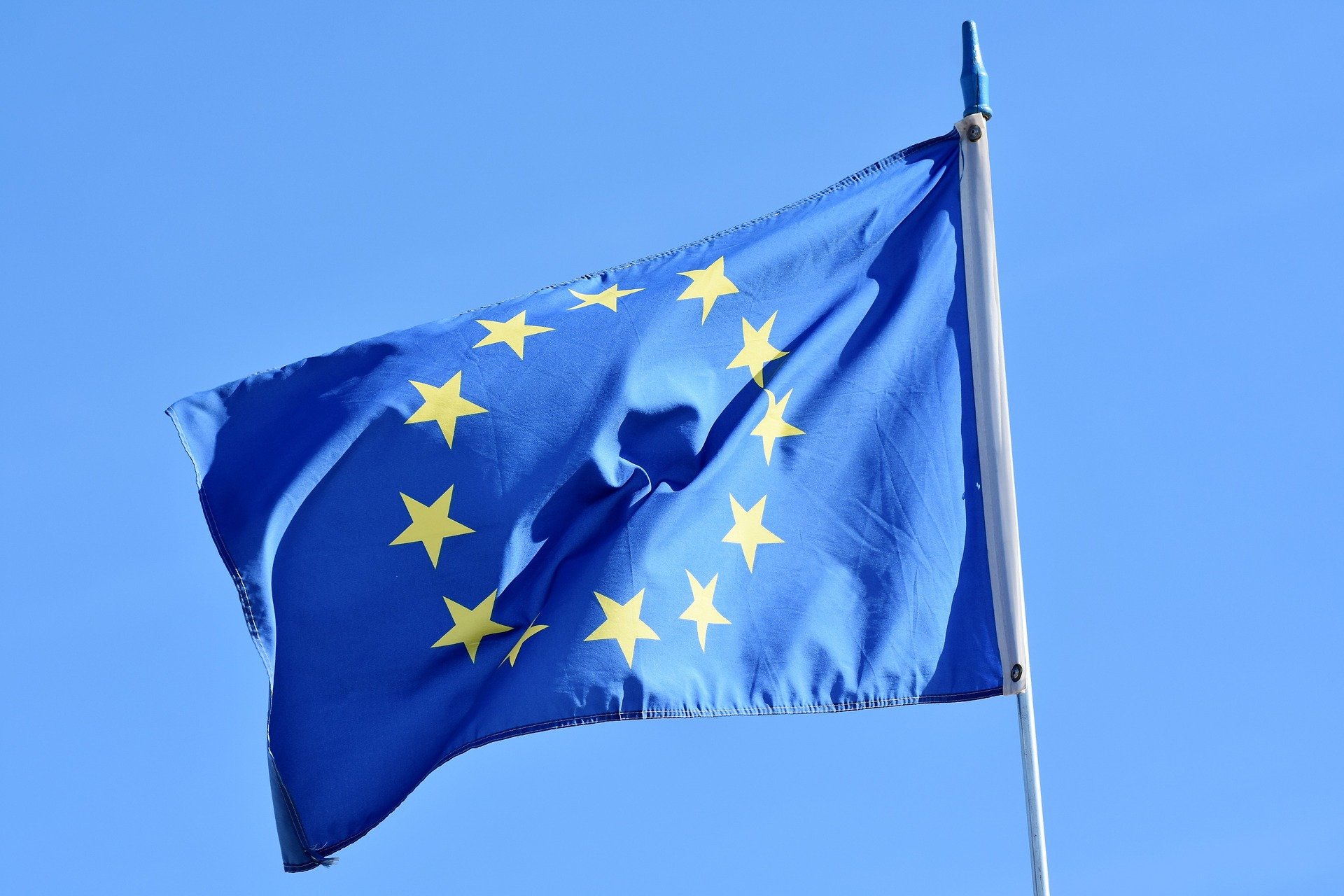The European Union has made €95.1 million available for Beyond 5G- and 6G-specific research between 2017 and 2025, according to data gathered by 6GWorld™ from the European Commission’s CORDIS database.
The statistics show that there are at least 20 initiatives focused on the next generation of connectivity under way or already carried out by European players. The majority of the projects are still in their early stages, and all are funded under Horizon 2020, the EU’s framework programme for research and innovation.
Overall, 156 organisations have joined or are taking part in at least one of these initiatives, including representatives from industry, market, and academia. Some of them have participated in multiple initiatives, and one country from outside Europe has received funding for research in 6G – Israel.
6GWorld has identified the following initiatives (learn more about the methodology at the end of this article):
| 6G BRAINS | AlatEDGE | DAEMON | DEDICAT 6G |
| DREAM | EMPOWER | EPIC | HERMES |
| Hexa-X | INSPIRE-5Gplus | MARSAL | META WIRELESS |
| REINDEER | RISE-6G | TeraFlow | TERAPOD |
| TERRANOVA | ThoR | ULTRAWAVE | WORTECS |
According to the mapping, 55% of the projects started in 2020 and 2021, while 70% will conclude between 2022 and 2025.
Most of the results of these research projects will emerge after the formal end of the respective project. As a result, even though we will start to see findings reasonably soon it will be some time before we see the bulk of the results.
Deep pockets for 6G
The data also suggest that the EU has become more willing to invest in 6G research in recent years.
Between 2017 and 2019, Horizon 2020 provided an average of €3.07 million per programme for 6G. In 2020 and 2021, this figure doubled – on average, each initiative received around €6.13 million in funding.
However, more money on the table doesn’t mean companies have been given financial resources at the same pace.
The EU granted an average of €359,754.64 per participant in projects from 2017 through 2019. The figure grew to €443,756.30 for initiatives launched in 2020 and 2021, a 23% increase.
Simultaneously, the number of participants – including occurrences in which the same organisation joined more than one programme – grew considerably: from 77 to 152.
In the next part of this series, we will dive into the companies and educational institutions involved in the Beyond 5G and 6G initiatives so far.
Methodology
This mapping was made using European Commission’s CORDIS database, the official data hub containing all research and innovation contracts signed by the European Union.
Following the CORDIS team’s direction, we considered projects under the following categories: 5G and beyond; Networking research beyond 5G; and 5G PPP – Smart Connectivity beyond 5G. We also performed a query with terms like “beyond 5G” and “6G” to increase the pool of results.
Then we selected only initiatives that explicitly mentioned Beyond 5G or 6G as their primary focus. Projects that, according to our understanding, included these topics as secondary objectives were dismissed so that the database would reflect more accurately just the Beyond 5G- and 6G-focused research.
Because the database is constantly updated, information and graphs in this article may be outdated depending on when you read it. The data were gathered on March 15 and 17, 2021 and updated on March 30, 2021.







